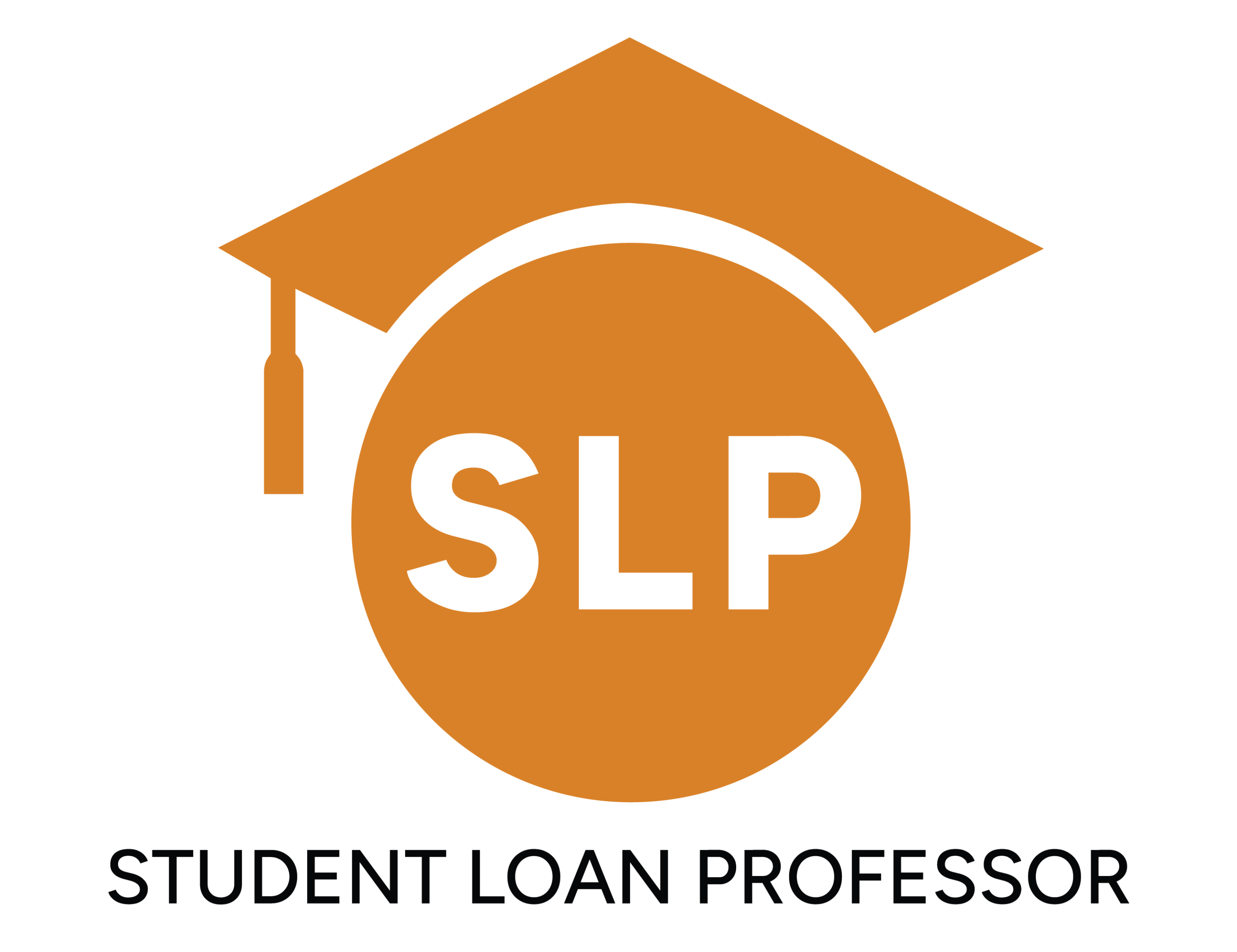Deep Dive into The Senate Education Proposals
Key Student Loan Changes Would Dramatically Reshape the Student Loan Landscape
If you’ve been following our newsletters, you know we’ve been tracking these student loan proposals closely as they move through Congress. After a flurry of activity last week (including a ruling by the Senate parliamentarian that forced major revisions) Senate GOP leaders moved quickly to amend and advance their education provisions. The full bill was brought to a vote on the morning of July 1st and passed along party lines. The bill now heads back to the House for a final vote, as many changes have been made to the text over the past few weeks. If the House approves this final version, the “Big, Beautiful Bill” may very well be on Trump’s desk for signature by July 4th.
Below, we break down the sweeping changes under consideration. These proposals are part of a broader budget reconciliation bill that aims to reduce federal higher education spending by roughly $300 billion. While many elements echo the version passed by the House earlier this spring, key differences remain, particularly around undergraduate aid, risk-sharing, and borrower protections. Together, these changes could profoundly alter how future students and families finance higher education.
Loan Limits
Graduate and Professional Loan Reforms
- Ends eligibility for Grad PLUS Loans starting July 1, 2026
- New annual borrowing caps for Federal Direct Unsubsidized Loans:
- $20,500 per academic year for graduate students
- $50,000 per academic year for professional students
- Aggregate limits for total loan amounts:
- $200,000 lifetime cap for professional students
- $100,000 cap for graduate students who never enrolled in a professional program
- Students with both degrees are capped at $200,000 total, but their prior graduate loan usage reduces what they can borrow as a professional student
Parent Loan Limits (Parent PLUS)
- Beginning July 1, 2026:
- Annual limit per dependent student: $20,000
- Lifetime limit per dependent student: $65,000
- Applies across all parents (not per individual borrower)
Universal Lifetime Borrowing Cap
- All students are subject to a $257,500 lifetime loan cap (excluding Parent PLUS)
- This includes all loans across undergrad, graduate, and professional education
- Repaid, forgiven, or discharged loans still count toward this cap
Additional Loan Limit Rules
- Part-time students: Loan limits are pro-rated based on enrollment level
- Schools may set additional program-level caps on loans per year, as long as those caps are applied uniformly
- Grandfathering: Students enrolled as of June 30, 2026, can retain current borrowing rules for up to 3 years, or the remainder of their current program (whichever is shorter)
Loan Repayment
New Repayment Plan Structure (Effective July 1, 2026)
Borrowers with loans issued on or after this date must choose one of the following:
Standard Repayment Plan
Fixed monthly payments based on total loan debt:
| Total Loan Balance | Repayment Term | |
| < $25,000 | 10 years | |
| $25,000 – $49,999 | 15 years | |
| $50,000 – $99,999 | 20 years | |
| $100,000 or more | 25 years |
- Applies to all loans uniformly
- Prepayment without penalty is allowed
Repayment Assistance Plan (RAP)
A new income-driven repayment (IDR) option for loans issued on or after July 1, 2026.
Rap Key Features:
- Monthly payment is income-based using a tiered formula (see below)
- Forgiveness after 360 qualifying monthly payments
- Borrowers can switch between RAP and Standard Plan at any time
- Borrowers with “excepted” loans (e.g., Parent PLUS, certain consolidation loans) are ineligible for RAP and must use Standard Repayment
- Married borrowers will be allowed to omit spousal income if they choose to utilize “Married Filing Separate” status on the tax returns.
Rap Payment Formula
Applicable Monthly Payment is calculated as:
A base percentage of the borrower’s adjusted gross income (AGI):
- Income under $10,000 = $10 monthly
$10,001–$20,000 = 1% of AGI
$20,001–$30,000 = 2% of AGI
… and increases by 1% per $10,000 income, capping at 10% for income over $100,000.
- Then subtract $50 per dependent
- If the result is < $10, borrower pays $10
- If borrower fails to provide income data, payment is calculated as a 10-year standard amortization on their balance until documentation is submitted
Forgiveness Under RAP
Borrowers who make 360 qualifying payments (30 years) will have any remaining balance forgiven. Qualifying payments include:
- RAP payments
- Payments made under Standard Repayment equal to or greater than RAP amount
- Payments made under other plans (e.g., IBR or ICR) before RAP enrollment
- Deferment months due to military service or economic hardship
- Certain forbearance periods prior to the effective date
Consolidation Loans
Consolidation loans issued on or after July 1, 2026:
- Can only be repaid under RAP or Standard Repayment
- May not be repaid using older IDR plans
- Consolidation loans that paid off Parent PLUS (including double consolidation loans) are excluded from RAP eligibility and must use Standard Repayment
Modifications to Existing IBR Plan(s) and Impacts to Current Borrowers in Repayment
The current Income-Based Repayment plan (including “New IBR” from 2014) remains available for borrowers who took loans before July 1, 2026.
With RAP now being referred to as an IBR plan, and two versions of IBR already on the books, this langauge gets very confusing. We’ll refer to the existing plans as “Legacy IBR”.
- Eligibility no longer requires financial hardship
- Original IBR: Monthly payment is 15% of discretionary income, with 25 year taxable forgiveness
- “New” IBR modified in 2014: For those who only have Federal Direct loans disbursed between 7/1/2014 and 7/1/2026, monthly payment is 10% of discretionary income, with 20 year taxable forgiveness.
- Discretionary income = AGI – 150% of poverty guideline
If you are currently repaying loans using ICR, PAYE, or SAVE, you must transition to RAP, Legacy IBR, or the New Standard plan by 7/1/2028. That said, those in the SAVE plan should probably expect to be forced into another plan much sooner.
Special Repayment Provisions for Existing Parent Plus Loans
The updated version of the bill still imposes special restrictions on Parent Plus loans (old and new), but is less strict that previous versions. Below are important details for Parent Plus loans (PPL’s) distributed before 7/1/26.
Borrowers with existing PPL’s will need to consolidate to preserve access to IDR and PSLF.
- Consolidation must be completed by June 30th, 2026.
- Enroll in IDR plan
- ICR for single consolidation (repaid parent plus loan)
- IBR plan for double consolidation (removes parent plus loan)
Borrowers can then enter the amended IBR plan, which continues under the new law for those with loans issued before the 2026 cutoff. Those who fail to consolidate before 6/60/2026 will forfeit access to IDR plans.
Important note: For those borrowing PPL’s before and after 7/1/2026, any new PPL’s taken out after the cutoff will exclude ALL PPL’s in the portfolio from accessing IDR plans.
Public Service Loan Forgiveness (PSLF)
- Earlier proposals aimed to restrict Medical and Dental residents from obtaining PSLF credit during residency. This language has been struck from the final bill.
- Although not renamed explicitly, provisions in the RAP and transition language appear to preserve PSLF-eligible payment types under RAP and other plans while adding flexibility for borrowers transitioning out of ICR into RAP/IBR.
Accountability for Schools
1. Ineligibility for Low-Earning Programs
- Institutions cannot use federal funds for programs that:
- Have median graduate earnings below that of a typical working adult with only a high school diploma or bachelor’s degree (depending on level)
- Earnings are tracked 4 years post-completion, for at least 2 of the prior 3 years
- Includes programs at the undergrad, grad, and professional level
- Applies state- or nationwide earnings comparisons depending on where students reside
2. Small Program Rule
- If <30 completers in a cohort: DOE may combine additional years or similar programs to reach a minimum sample size
3. Appeals Process
- Institutions can appeal earnings determinations before funding is pulled
- Students must be notified if a program fails in one year and is at risk of losing eligibility
4. Regaining Eligibility
- Institutions can apply to reinstate programs after a 2-year ineligibility period
Other Notable Provisions
1. Borrower Defense to Repayment
- Delays implementation of 2022 rules until at least July 1, 2035
- Reverts to 2020 rules, which had:
- Higher burden of proof
- Individual, not group-based, claims
- Limited scope of eligible misconduct
2. Closed School Discharges
- Delays 2022 rules and reinstates pre-2022 standards through July 1, 2035
- Removes automatic discharge
- Requires proactive borrower applications
3. Limitations on Executive/Regulatory Action
- Department of Education cannot issue regulations or executive actions increasing the cost of loan programs by more than $100 million under Federal Credit Reform Act calculations
- Intended to curb unilateral expansion of forgiveness or IDR benefits without Congressional approval
4. Loan Rehabilitation, Deferment, and Forbearance
- New loans issued post-July 1, 2026, will:
- Be ineligible for some legacy rehab programs
- Must be managed via RAP or standard repayment plans
- Existing rehabilitation pathways preserved for loans issued before the cutoff date
- Deferments and forbearances will not be allowed for loans issued on or after July 1, 2027
Final Thoughts
While the House and Senate proposals differ in several key respects, both signal a turning point for federal student loan policy. The Senate’s version may appear less punitive in certain areas (such as retaining subsidized undergraduate loans and offering clearer PSLF protections) but its new borrowing caps, repayment mandates, and limits on borrower relief represent a dramatic departure from current policy.
We’ll continue monitoring this legislation as it heads toward a likely reconciliation process. If passed, these provisions would redefine the borrowing experience for students, parents, and schools alike, starting as soon as July 1, 2026.
Brandon Barfield is the President and Co-Founder of Student Loan Professor, and is nationally known as student loan expert for graduate health professions. Since 2011, Brandon has given hundreds of loan repayment presentations for schools, hospitals, and medical conferences across the country. With his diverse background in financial aid, financial planning and student loan advisory, Brandon has a broad understanding of the intricacies surrounding student loans, loan repayment strategies, and how they should be considered when graduates make other financial decisions.




